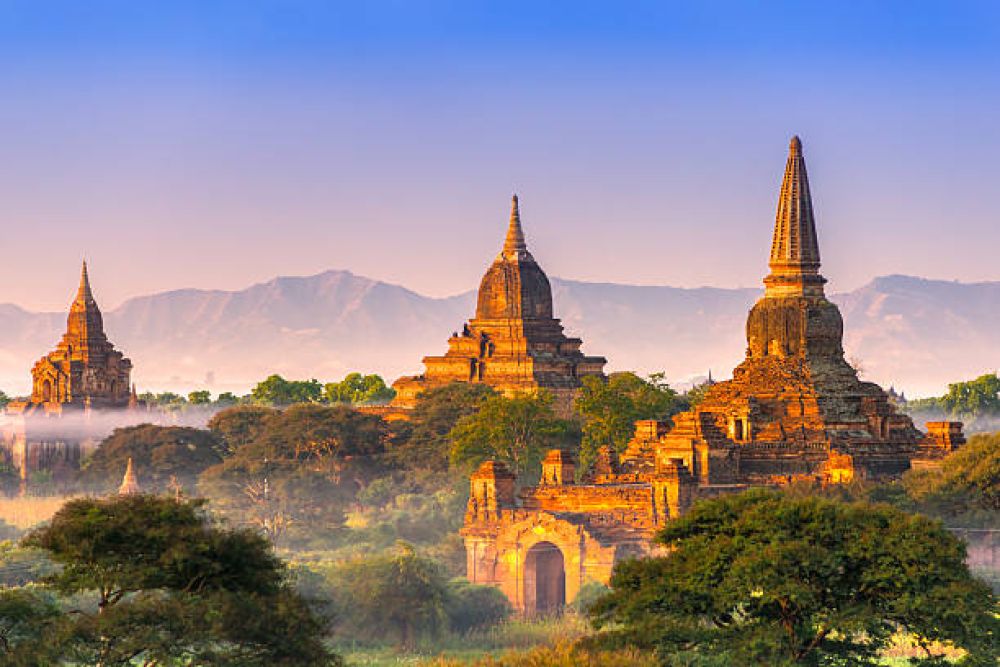

The Thatbyinnyu Temple, known as the "Omniscient Temple," stands as one of the most impressive testimonies of ancient Burmese architecture in Bagan, Myanmar. Reflecting a rich cultural heritage, the temple has been a significant pilgrimage and tourist destination for many years. Let's delve into the history of tourism at this awe-inspiring historical site.
Constructed during the reign of King Alaungsithu in the mid-12th century, Thatbyinnyu Temple is one of the earliest two-story Buddhist temples in Bagan. Rising to a height of about 61 meters, it is also one of the highest structures in the region and represents the zenith of Bagan architectural innovation. The temple's history draws innumerable visitors who seek to understand the ancient Pagan Kingdom and its religious devotion.
Tourism in Bagan, including visits to Thatbyinnyu Temple, began to gain momentum in the early 20th century as scholars, and explorers became interested in the vast array of temples and pagodas in the area. However, it wasn't until the late 20th and early 21st centuries that tourism significantly increased, with the easing of governmental restrictions and the recognition of Bagan as a world-class historical site worthy of international attention.
UNESCO's designation of the Bagan Archaeological Area and Monuments as a World Heritage Site in 2019 further solidified Thatbyinnyu Temple's status as a must-visit destination. This acknowledgment has lead to improved infrastructure and conservation efforts, concurrently enhancing the experience for history enthusiasts and spiritually-minded travelers alike.
Despite the challenges faced by the tourism industry due to recent events, such as the political situation in Myanmar and global health concerns, Thatbyinnyu Temple continues to adapt and remain relevant. Visitors are increasingly looking for immersive and authentic experiences, prompting tour operators to offer more personalized guided tours, often focusing on the historical significance of the temple, the architectural details, and the spiritual importance to the local community.
Moreover, sustainable tourism practices have been growing in interest. The efforts to preserve the stunning murals and the structural integrity of the temple in the face of ever-growing numbers of visitors highlight this trend. Travelers are more conscious of their impact and seek to visit sites in ways that are more respectful to the local heritage and environments.
Today's visitors to Thatbyinnyu Temple have the opportunity to explore this ancient site amid the larger complex of over 2,000 temples and stupas in Bagan. While hot air balloon rides offering breathtaking views at sunrise and sunset are popular, many tourists also opt for e-bike tours to navigate the vast archaeological zone. This gives them the freedom to explore at their own pace while reducing their carbon footprint.
Accessibility improvements, such as better signage and visitor centers, coupled with ongoing conservations efforts, ensure that Thatbyinnyu Temple continues to be a jewel in the crown of Myanmar's tourist destinations. As tourism trends towards more responsible travel, visitors can expect a visit here to not only enlighten them about Myanmar's past but also to instill a deeper appreciation for the importance of preserving cultural heritage for future generations.
Whether you are a history buff, a spiritual seeker, or simply in awe of human ingenuity, Thatbyinnyu Temple in Bagan awaits to reveal its centuries-old secrets and provide an unforgettable experience.